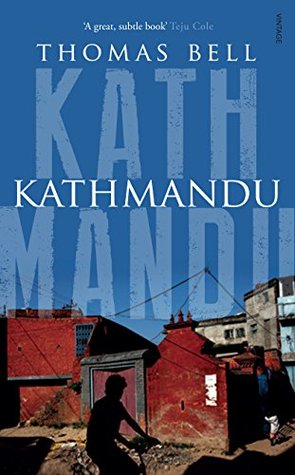Kindle Notes & Highlights
The Licchavi dynasty, as Manadeva’s inscription showed, emphazised their status as Kshatriyas, the warrior caste known as Chhetris
The Brahmin priests were prime agents in this. They received generous offerings (such as Queen Rajyavati made after her husband’s death). In return they provided the caste ideology that legitimized the kings’ rule, and they discovered extraordinary genealogies for them.
Meanwhile, in their own interest and on the king’s behalf, the Brahmins organized the tribal peoples into the lower castes. The people adopted Hindu values, against cow eating or the remarriage of widows, in favour of cremating the dead and so on, in exchange for higher caste status.
assimilative power of the Hindu life order,’ wrote the sociologist Max Weber a decade later, ‘[is] due to its legitimation of social rank and, not to be forgotten, possible related economic advantages.’11
Licchavi inscriptions was Sanskrit, but the place names were in a completely different language. It would have been no surprise to Lévi that this ‘linguistic archaeology’ seems to show the Licchavis building their palaces and temples where population centres and cults already were. It’s therefore possible, or even likely, that some of Kathmandu’s oldest institutions predate the Licchavis and the beginning of recorded history.
because very little digging has been done.
An exceptional royal statue of the second century AD was discovered, and transferred to the National Museum.15
Kings of Nepal invoked Lord Pashupati as their patron from Amsuvarma in 605 until King Gyanendra in 2008.
Inventory of Stone Sculptures of the Kathmandu Valley
the pagoda temple of Bhimsen, the god of trade, with shops on the ground floor and the sanctuary upstairs. It would have been one of the last buildings merchants passed before they left the city for their dangerous journey to India, or the first they reached as they came in.
The old villages of Yambhu and Yangala spread to meet one another around the palace square, but although they’ve been joined since the fourteenth century the two halves of the city still feel different.
The two trade routes cross at Ason.
The road I’d been walking continued north-east towards Boudha, the Kodari pass and Tibet, but I switched ways and took the other one, leading from Patan north-west to pass between the mountains at Rasuwa.
By the fourteenth century Yangala and Yambhu were joined and the elongated, sword-like shape of the old town was established.
some neighbourhoods preserve the names of villages that were recorded before Patan,
The process that joined the villages into cities continues merging the old cities into a conurbation; and many of the conurbation’s primary facts were established by the Licchavis, stretching back in an unbroken thread over a millennium and a half. The principal Buddhist shrines—the great white domes at Swayambhu and Bouddha—were built by them, one on its hill to the west, and the other on the north-east trade route. They have been restored so many times they’re layered like onions inside. The festivals are managed by hereditary trusts called guthis (from the Licchavi gosthi), and in Kathmandu
...more
learnt to recognize the smooth, hemispheric dome of a stone Licchavi chaitya, and I was deeply gratified to find them throughout the old parts of the city.


